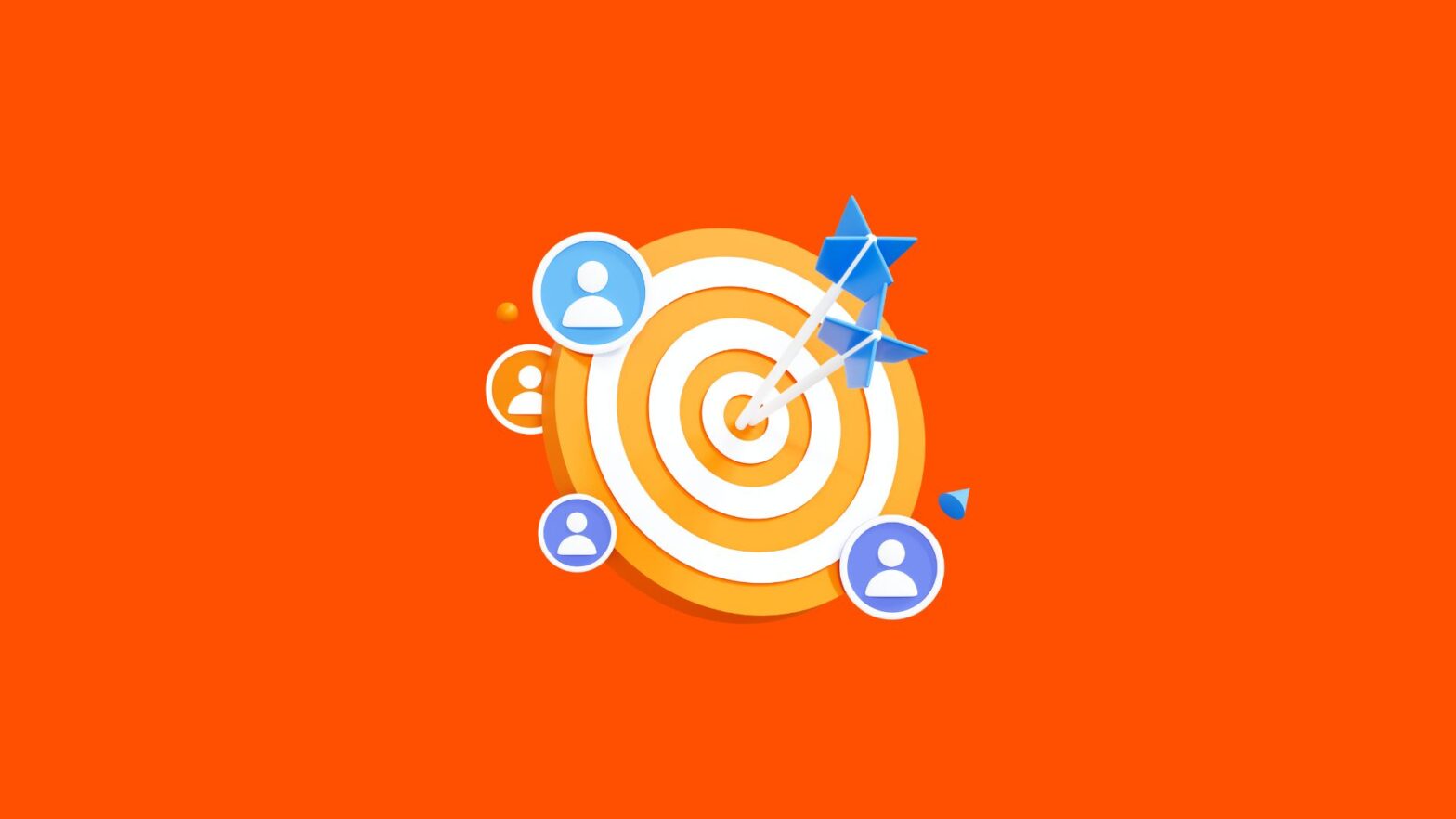How to define and understand your target audience in the digital world
September 25, 2024

In the world of digital marketing, knowing your target audience is like having a conversation with a friend: you know what they like, what they need, and how you can help them. Without this information, your marketing will be like throwing a message in a bottle into the ocean, hoping that someone, somewhere, finds it. In this blog, we will guide you through the process of defining and understanding your target audience so you can create strategies that truly resonate with the people who matter.

What is a target audience and why is it important?
Your target audience is the specific group of people most likely to be interested in your products or services. Defining it correctly is crucial because it allows you to focus your marketing efforts where they really matter, maximizing the impact and efficiency of your campaigns.
Example: If you have an online store that sells vegan beauty products, your target audience is likely composed of people who value sustainability, animal welfare, and are willing to pay a bit more for ethical products. Knowing these details will help you craft messages that speak directly to their interests and values.
How to define your target audience: key steps
Research your existing audience
Before defining your target audience, it’s helpful to research the people who are already interacting with your brand. This will give you a solid foundation to build upon.
Tool: Google Analytics allows you to see who is visiting your website, where they’re coming from, which pages interest them, and much more. For example, you might discover that most of your visitors are women aged 25-35 who are looking for vegan products. This is a great starting point to define your target audience.
Demographic, psychographic, and behavioral segmentation
For a more precise definition, it’s important to segment your audience based on demographic, psychographic, and behavioral characteristics.
- Demographics: Includes age, gender, income level, education, marital status, etc.
Example: Women aged 25-35, single, with an annual income of $40,000 to $60,000, interested in beauty and wellness products.
- Psychographics: Covers values, beliefs, interests, lifestyles, and attitudes.
Example: People concerned about the environment, who follow a vegan diet, and practice yoga.
- Behavior: Refers to how people interact with your brand and their purchasing patterns.
Example: They buy beauty products online at least once a month and are willing to pay more for sustainable products.
Tools to better understand your audience
Google Analytics
We’ve already mentioned it, but its importance cannot be overstated. It gives you a clear view of who is visiting your website and how they interact with your content.
Facebook Insights
If you use Facebook to promote your business, this tool is essential. It offers detailed data about your followers, such as their age, gender, location, and online behavior.
Example: If you discover that a large portion of your Facebook followers are young men interested in fitness, you might consider launching a personal care product line targeting this specific group.
Google Trends
This tool shows you which search terms are gaining popularity on Google, giving you insights into the interests and concerns of your audience.
Example: If Google Trends shows an increase in searches for “sustainable beauty products,” you’ll know it’s a good time to focus your marketing on the sustainability of your products.
Surveys and Questionnaires (Google Forms)
Sometimes, the best way to know your audience is simply to ask them. Google Forms is an easy-to-use tool to create surveys that provide valuable information.
Example: You could send a survey to your customers asking what they like most about your products, what they’d like to see in the future, and how they prefer you to communicate with them (email, social media, etc.). This will give you direct insights to adjust your marketing strategy.
Know your audience, win their hearts
Defining and understanding your target audience is essential for the success of any marketing strategy. When you know your audience well, you can create messages and campaigns that resonate with them on a deeper level, which will not only increase your sales but also strengthen your relationship with your customers. So, don’t skimp on this step: the better you know your audience, the more effective your marketing will be. And remember, knowledge is power!




